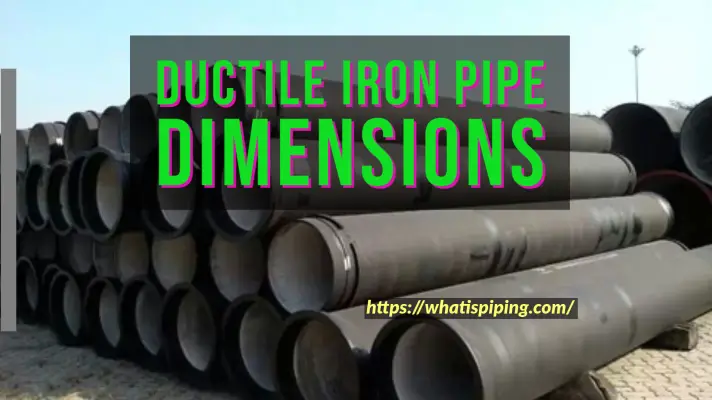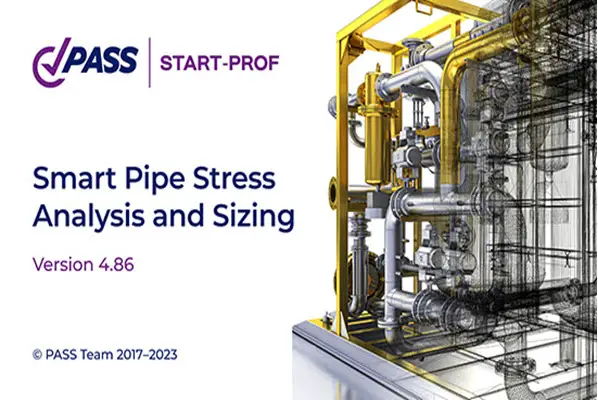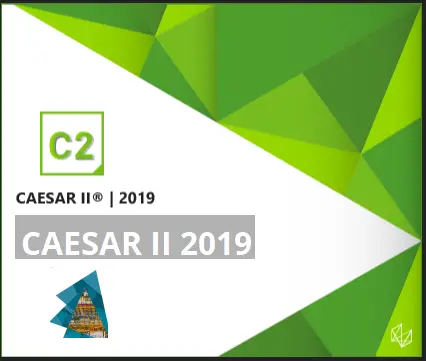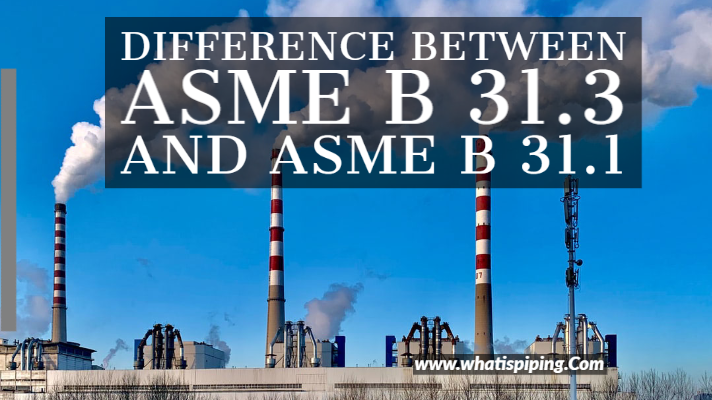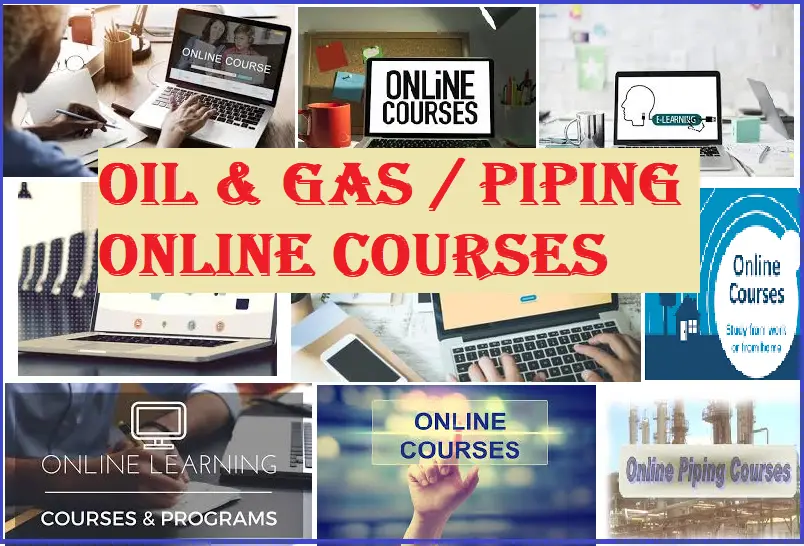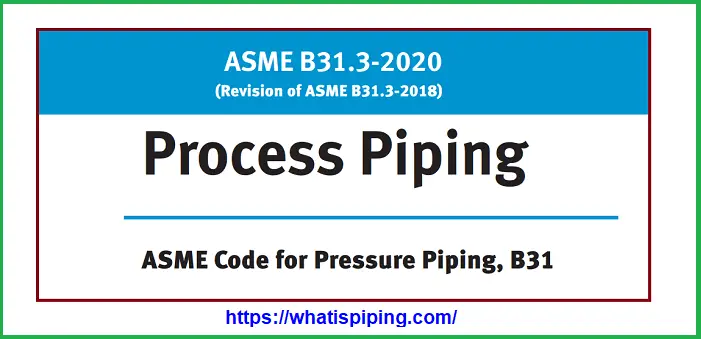Many of you are aware that the 2014 edition of ASME B 31.3 is scheduled to publish on 21st February 2015. Similar to every new edition this edition too contains several updates. Thanks to Mr. Don Frikken who has listed a few of the substantive changes in one of his blog posts. Here I am providing few major points. For details please read the complete article by clicking on the link provided at the bottom of this post.
In addition to the many clarifications, updated references to codes and standards, updates to basic allowable stresses, and added listed materials, there are several substantive changes to the 2014 Edition of ASME B31.3, Process Piping.
Some of these changes are listed below:
The definition of Category M Fluid Service is revised in the 2014 edition to provide better guidance on the selection of the Category M Fluid Service designation. As per the new edition of the code Category M Fluid Service is A fluid service in which all of the below-mentioned conditions apply:
- The fluid is so highly toxic that a single exposure to a very small quantity of the fluid caused by leakage, can produce serious irreversible harm to persons on breathing or bodily contact, even when prompt restorative measures are taken; and
- If after consideration of piping design, experience, service conditions, and location, the Owner determines that the requirements for Normal Fluid Service do not sufficiently provide the leak tightness required to protect personnel from exposure.
Flared laps are prohibited for use in Category M fluid service in the 2014 edition.
Because of the potential for misapplication of the alternative rules, and because many of the provisions of Appendix P had been incorporated into the base Code, Appendix P has been removed in the 2014 edition.
The 2014 edition explicitly requires that the maximum value of SL considering all conditions be used in calculating the allowable stress range.
The 2014 edition requires that thermo-wells need to comply with ASME PTC 19.3 TW.
The 2014 edition requires that when cold spring is used, the reactions be computed both with the assumption that only two-thirds of the design cold spring is present and with four-thirds of the design cold spring present.
The 2014 edition permits the hydro test pressure to be lowered to the design pressure while examining for leaks. The 2014 edition simplified the calculation of hydro test pressure.
The 2014 edition restricted the use of Fig. 323.2.2B to provide a further basis for the use of carbon steels without impact testing. The Code warns that the calculation of stresses due to cold springing or misalignment should be included as part of the stress ratio.
The 2014 edition added requirements for and illustrations of welds for integrally reinforced branch connections.
The 2014 edition revised the Preheat and Heat Treatment requirements somewhat. This revision, along with revisions to ASME B31.1, makes the preheat requirements in the two Codes the same.
The 2014 edition added specific examination personnel qualification requirements, which are those described in ASME B&PV Code, Section V.
The 2014 edition added specific acceptance criteria for magnetic particle and liquid penetrant examination.
The 2014 edition changed the leak test pressure from 1.5 times the design pressure corrected for temperature to 1.25 times the design pressure corrected for temperature.
Learn the code changes in different years:
What’s new in ASME B31.3-2020? ASME B31.3 2020 vs 2018
Changes in the 2018 Edition of ASME B31.3 2018 with respect to the 2016 edition.
14 major changes in ASME B 31.3-2016 with respect to its earlier edition (ASME B31.3-2014)
Substantive Changes to 2014 Edition of ASME B 31.3
Major Stress-related differences in Between 2012 edition and 2010 edition of ASME B31.3.

